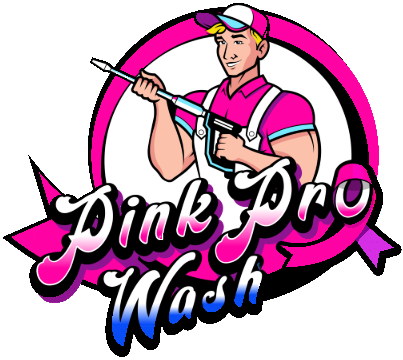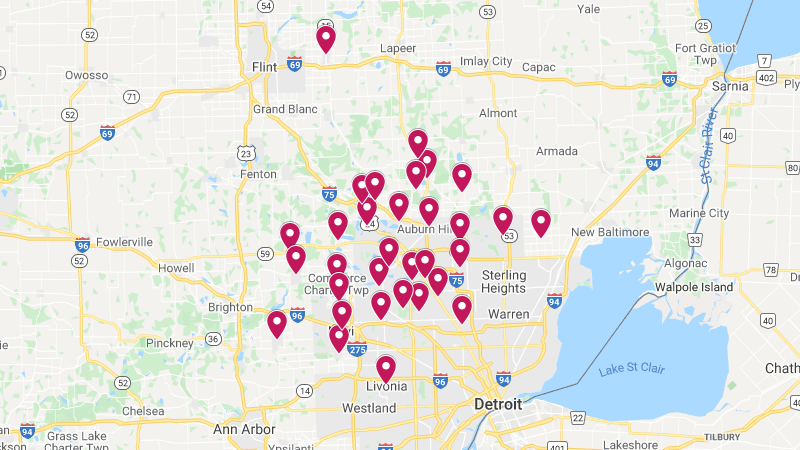
Using no pressure roof cleaning is an excellent way to ensure that your roof is clean and protected from the elements. However, there are some factors that you should keep in mind before you hire a roof cleaning service.
Low-pressure vs. no-pressure roof cleaning
Whether you are looking for a way to boost your home’s curb appeal, or you want to avoid the hassle of repairing your roof, a no-pressure roof cleaning is the way to go. Not only does a professionally cleaned roof improve the look of your home, but it can also extend the life of your roof. You’ll save hundreds of dollars in repairs by ensuring your roof is properly maintained.
There are many types of roof cleaning. Some are more effective than others. Low pressure washing is a good option for mild cleaning, while high pressure systems are recommended for more resilient surfaces. Choosing the right pressure cleaning system can make or break your home.
The right system can make your roof look as good as new. No-pressure methods require fewer materials, while high-pressure systems may damage tile, shingle, or aluminum roofs. If you’re not sure which roof cleaning system is best for you, ask a home improvement expert for advice.
A no-pressure roof cleaning system uses a chemical solution that works quickly to remove organic matter from the roof. The process will also leave behind a protective film that prevents future algae growth.
While the no-pressure system will clean your roof, the real trick is in using the correct cleaner. Using the wrong cleanser can harm your roofing materials and cause premature leaks.
While a no-pressure method may be the cheapest way to clean your roof, it can also be the most dangerous. Using the wrong technique can damage your roof, loosen flashing, or damage your shingles.
No-pressure roof cleaning is a great way to get rid of black streaks and mildew, but it won’t clean away every speck of algae on your roof. A professional cleaner will use a specialized soft wash technique to minimize the risk of damage.
The most important benefit of low-pressure roof cleaning is that it is safe for most roofing materials. While high-pressure methods may remove dirt and algae, they can damage the outer surface of tiles. Likewise, the best no-pressure cleaning methods may not be able to remove moss from your roof.
Sodium hydroxide
Sodium hydroxide is a chemical used in no pressure roof cleaning. It’s an effective way to remove algae, dirt, and mould. It’s also good for stripping paint.
Sodium hydroxide is one of the earliest chemicals used in roof cleaning solutions. It’s a powerful substance that can dissolve asphalt and break down petroleum-based products in asphalt. Sodium hydroxide should be applied at the right dilution rates, though. If used too strongly, it can damage asphalt shingles. It can also loosen the asphalt granules on your roof.
Sodium hydroxide can also be used to dissolve algae. It’s also good at breaking down soil, and it’s often used to remove mould and mildew. However, it’s also corrosive. It can burn skin, open drains, and damage landscaping.
Another chemical used in no pressure roof cleaning is methylated spirits. This chemical solution is used to remove algae from tiles, and it works well at dissolving organic matter. However, it’s important to get the concentration of methylated spirits right. Using too much may not only damage the roof, it can also kill nearby vegetation.
Another option for no pressure roof cleaning is sodium percarbonate. This chemical solution is eco-friendly. It is also relatively new, though. It’s also good at cleaning asphalt shingles. Sodium percarbonate doesn’t need to be rinsed off, but it’s important to use it correctly.
Sodium hydroxide is also used to clean slate roofs. It’s good at removing algae and dirt, and it’s also good at breaking down petroleum-based products in asphalt.
Sodium percarbonate isn’t the best choice for cleaning asphalt shingles, though. It doesn’t have the same biodegradable properties as sodium percarbonate. It can also be a slippery substance when it’s wet. It also has a chemical treatment to purify it, though.
Sodium hypochlorite is another common chemical used in no pressure roof cleaning. It’s a bit similar to regular bleach. It can remove algae and paint, but it can also damage your shingles. You can get 12% sodium hypochlorite from hardware stores. It’s a good idea to mix it with laundry detergent, though, to help it stick.
If you’re cleaning your roof on your own, you probably want to choose the chemical solution that will work best. A typical no-pressure roof cleaning session costs between $0.20 and $0.30 per square foot. It’s a good way to restore your roof without spending a fortune.
Gloeocapsa magma
gloeocapsa magma is a kind of algae that grows on roofs. It is also called roof algae, roof mold, or roof lichen. It can be found on any roof type, but is most common on asphalt shingles.
Gloeocapsa magma is a type of algae that feeds off limestone. Shingles made of asphalt are often made with limestone as a filler, giving them weight. These shingles are less expensive than other types. But, the limestone that is used in the filler isn’t very good at shedding organic matter, so the shingles tend to get clogged with algae.
Gloeocapsa magma infestations can cause serious damage to a roof. It can cause the shingles to break down, which can lead to mold and mildew. The shingles will also lose their UV protection. These stains can be very unsightly and can lower the value of your home.
The best way to deal with gloeocapsa magma is to hire a professional. These professionals will use cleaning solutions to get rid of the algae. The chemicals will also clean up any bacteria.
When you have a professional clean your roof, you can be confident that you’re getting a job done right. Professional cleaners have the right equipment and are trained to avoid damaging your roof. These services also extend the life of your roof and will help you avoid the expense of a full roof replacement.
If you want to avoid having to have your roof replaced, you can also clean and treat your roof yourself. However, you should know that doing so can void your roof warranty and could void your insurance policy. You should also know that the process of cleaning your roof with bleach and other harsh chemicals isn’t a DIY project.
If you’re concerned about the safety of the chemicals that you use, you should contact an expert roof cleaning company. These companies will have the proper equipment and use only chemical cleaning solutions that are safe to use.
You can prevent your roof from becoming infested with gloeocapsa magma by ensuring that you clean your roof on a regular basis. These companies also have a yearly treatment program for prevention.
Safety harnesses
Roofing workers are prone to falls, so it’s crucial to wear a roof safety harness. Roofing harnesses are available in different designs, but the main feature is that they are lightweight and durable.
Roofing harnesses are designed with adjustable points, making it easy for workers to get a good fit. They also feature padded areas, which reduces the impact of a fall.
The materials of the harness should be able to withstand heat, water, and chemicals. They should also be non-conductive and flame retardant. It’s also important that the harness is made of lightweight materials, which makes the user feel comfortable.
A good roofing harness is made from polyester webbing and has adjustable points. They also come with an internal shock-absorbing lanyard. It has a tensile strength of 5000 pounds.
Roofing harnesses are considered roofers’ best friends. They are made to last for many years and are affordable. They are also used by many different workers. They can be attached to a vertical fall protection rope and anchor to a roof anchor.
The most common weight range for roofing harnesses is 130 to 310 pounds. There are harnesses that have D-rings on the front and back, allowing for a quick and easy hookup. It’s also important to find the correct fit for your body type. Choosing a harness that is too large can make you uncomfortable, while a harness that is too small can cause inefficiency.
It’s important to clean your harness regularly, particularly if you use it for a long period of time. It’s best to clean it using dish soap and a moist sponge. You don’t want to use harsh chemicals, as they can damage the fiber. It’s also important to wipe it dry after cleaning.
Safety harnesses are a necessity for anyone who works in the construction industry. Whether you’re a roofer, window washer, or hunter, you need to have one. A fall can result in serious injuries, so it’s important to wear a harness. Choosing a harness based on your body type and the type of work you do is crucial to protecting you from falls.






